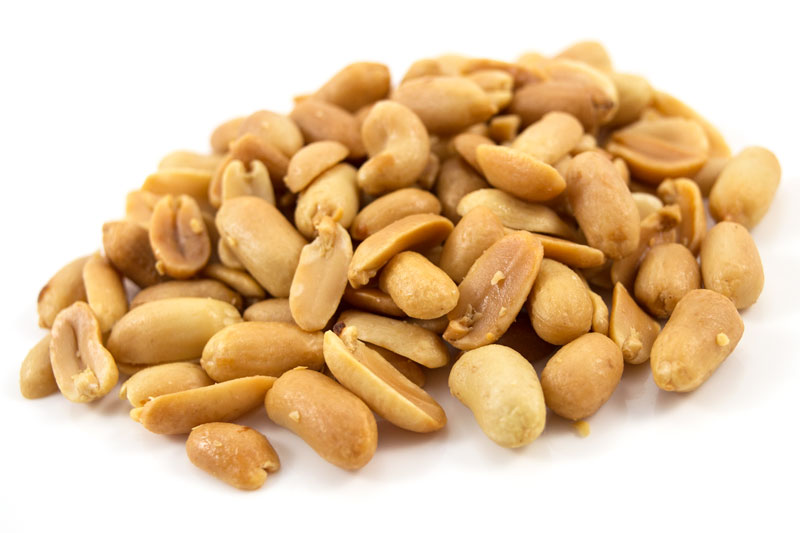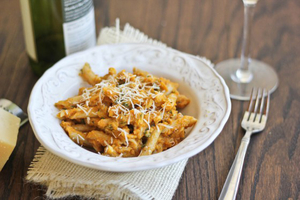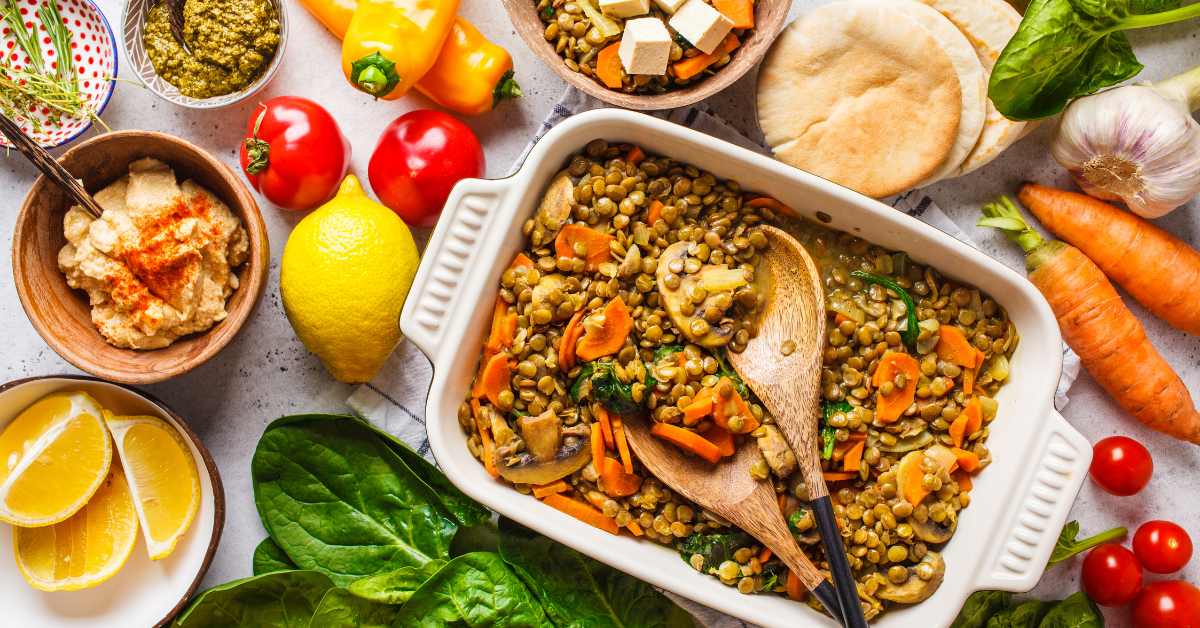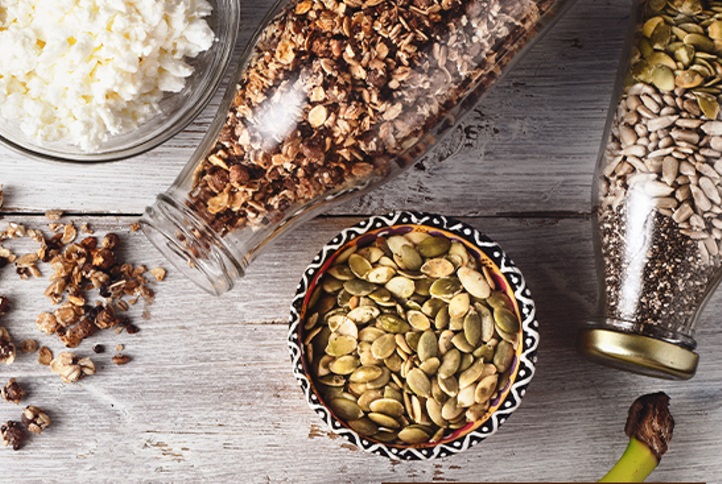How To Feast Heartily Without Your Diabetes Knowing
Diabetes is a real and growing problem. The charity Diabetes UK predicts that by the year 2030 there will be 5.5 million diabetics in the UK.[1] The NHS calculates that treating diabetes in the period 2018/19 cost £1.07 billion.[2] This is only set to grow as diabetes rates explode – figures show that there are now more than twice the number of people living with a diagnosis of the condition in the UK than there were in 1998.[3]
Added to this, we are an extremely sedentary nation, even more so with the rise of streaming TV, coupled with phone technology which mean we can be informed, entertained and fed without really having to move from the sofa. Sitting for long periods is thought to slow the metabolism, which affects the body’s ability to regulate blood sugar, blood pressure and break down body fat.[4]
You may have heard of Dr Michael Mosley, a medical doctor and BBC broadcaster who created an 8-week ‘blood sugar diet’ which purports to combat high blood sugar levels and in some cases reverse type 2 diabetes.[5] This does work – but it’s a very hard slog getting through it! So let’s look at some other changes you can make to reduce the damage to your body caused by diabetes, and ensure you can fill up on delicious food at the same time….
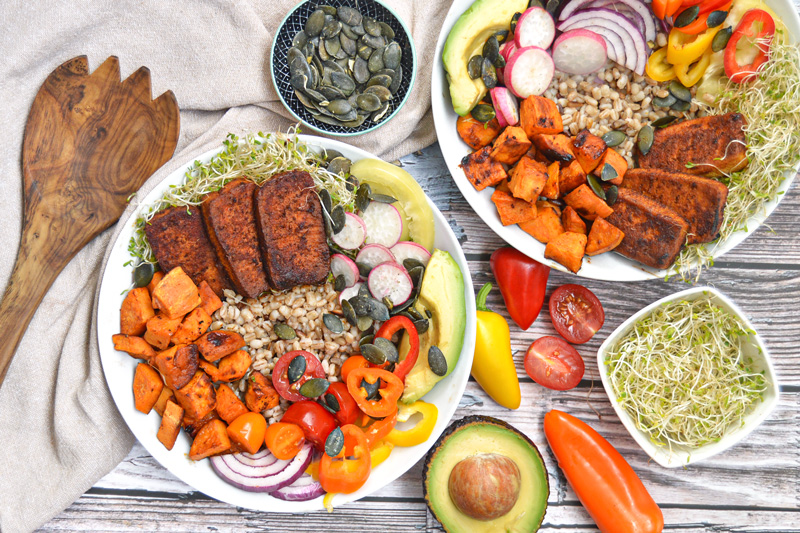
Diabetics should have regular blood tests, and doctors usually request a ‘fasting’ blood test (also known as HbA1c), meaning blood sugar levels are determined at a time when no food has been eaten for a while. However, many voices counter that we should actually be testing blood sugar after eating a meal, as this predicts cardiovascular problems far more accurately.[6] Testing diabetics’ blood two hours after a meal is the best predictor of deaths from all causes, according to the European Diabetes Epidemiology Group.[7] Blood sugar is known to be elevated for a few hours after eating, meaning that for people who have meals at normal times (ie. not following a regime of intermittent fasting), the majority of waking hours are spent in one of these post-meal windows. How high blood sugar spikes after eating appears to determine how fast arteries clog up, and improvements in diet can exert profound and immediate changes.[8] Therefore it’s a good idea to see what we can do about dulling the peaks of these blood sugar spikes – and there are some fantastic tricks you can use to do this….
Peanuts have a low GI of around 14, meaning they won’t cause a big spike in your blood sugar. Even better than that, a research study published by Cambridge University Press in 2012 found that people who ate peanuts at breakfast time significantly reduced spikes in blood sugar for all the day’s subsequent meals.[9] When you add peanuts’ beneficial content of antioxidants, fibre, healthy fats and minerals (such as magnesium) to the mix, having a small handful (around 10-20 grams) at breakfast time is an excellent tactic for diabetics to control their blood sugar.
Another way to reduce blood sugar spikes after a meal is by adding vinegar.[10] Around a tablespoon’s worth (roughly the amount you may get from a splash of vinaigrette) seems to do the trick. A research trial in 2010 found that just a small amount added to a meal can reduce the spike in blood sugar afterwards by 20%. Not only that – a study published by the American Diabetes Association in 2007 found that it can even lead to reduced fasting glucose levels.[12]
Here’s a fascinating trick that’s an excellent dietary tweak for any diabetic who’s aware of the blood sugar spikes that come with eating these high-GI foods but isn’t quite ready to give them up. A research paper in 1995 called ‘A satiety index of common foods’ identified boiled potatoes as number one in the list of foods likely to fill you up.[13] White pasta also offers similar feelings of fullness. That’s obviously excellent for diabetics… until you take into account that both of these foods have such a high gylcemic index that one cup will spike your blood sugar around as much as a can of sugar-packed Coca-Cola. But here’s the magic: every time you cook these foods and let them cool, then reheat them, you reorganise the chemical structure of their starches, and the digestive enzymes in your gut aren’t able to break them down as easily. This means the level of ‘resistant starch’ in the food increases, meaning it makes further progress than normal through your digestive system, and more of it reaches the friendly bacteria in your lower intestine, who get a nice feed. This improves the absorption of nutrients and rewards you with all kinds of health benefits. Therefore eating cooked, cooled and reheated potatoes or white pasta will lead to a lower spike in blood sugar than the just-cooked type, and rather brilliantly, this effect increases each time the food’s cooled and reheated.[14]
Fruit usually contains plenty of water and not very many calories. This means it’s absolutely ideal for filling up your stomach. When our stomachs are full, our body produces leptin, a chemical often called ‘the satiety hormone’ as it inhibits hunger.[15] But isn’t fruit high in fructose? It may be natural, but it’s still sugar, isn’t it? Well, yes – but amazingly, the findings of a medical trial in 1971 proved that this had no adverse effect for body weight, blood pressure, insulin or lipids, despite the extraordinarily high fructose content of the diet participants ate (approximately 200g per day from a whopping twenty servings of fruit).[16] Strawberries are a particularly good choice for diabetics.[17] So, it appears, are any berries.[18]
The sheer weight of evidence that switching to a plant-based diet can reverse chronic conditions such as diabetes and heart disease (as well as massively boosting all-round health and life expectancy) cannot be ignored. A study in 1991 found that diabetics who changed their diets to one consisting of high-fibre foods such as wholegrain or bran cereals, dried beans, vegetables and fruits, with only a tiny amount of meats and dairy, not only vastly improved their blood cholesterol and blood pressure but in some cases no longer presented as diabetic at all, and were able to stop injecting the insulin they’d used for twenty years within 16 days of changing their diet.[19] It’s been shown that on average, Body Mass Index (BMI) is lowest in those eating a vegan diet.[20] In 2009, a randomised, controlled, 74-week clinical trial concluded that a vegan diet not only led to sustained weight loss, but was even better at improving blood sugar levels than a diet following American Diabetes Association guidelines.[21]
[1]https://www.diabetes.org.uk/professionals/position-statements-reports/statistics
[2]https://www.drwf.org.uk/news-and-events/news/new-report-reveals-nhs-bill-treating-diabetes-has-doubled-over-last-decade
[3]https://www.diabetes.org.uk/about_us/news/diabetes-prevalence-statistics
[4]https://www.nhs.uk/live-well/exercise/why-sitting-too-much-is-bad-for-us/
[5]https://thebloodsugardiet.com/
[6]https://academic.oup.com/jcem/article/91/3/813/2843304
[7]https://jamanetwork.com/journals/jamainternalmedicine/fullarticle/647267
[8]https://www.sciencedirect.com/science/article/pii/S0735109707034444
[9]https://www.cambridge.org/core/journals/british-journal-of-nutrition/article/acute-and-secondmeal-effects-of-peanuts-on-glycaemic-response-and-appetite-in-obese-women-with-high-type-2-diabetes-risk-a-randomised-crossover-clinical-trial/D713043991EBB7A9ED1CB167CC9780E1#
[10]https://dokumen.tips/documents/vinegar-and-peanut-products-as-complementary-foods-to-reduce-postprandial-glycemia.html
[11]https://pubmed.ncbi.nlm.nih.gov/20068289/
[12]https://care.diabetesjournals.org/content/30/11/2814
[13]https://pubmed.ncbi.nlm.nih.gov/7498104/
[14]https://onlinelibrary.wiley.com/doi/full/10.1111/nbu.12476
[15]https://en.wikipedia.org/wiki/Leptin
[16]https://www.cabdirect.org/cabdirect/abstract/19711408038
[17]https://www.researchgate.net/publication/44902140_Strawberry_Modulates_LDL_Oxidation_and_Postprandial_Lipemia_in_Response_to_High-Fat_Meal_in_Overweight_Hyperlipidemic_Men_and_Women
[18]https://academic.oup.com/jn/article/143/4/430/4571545
[19]https://www.researchgate.net/publication/21496909_Metabolic_effects_of_high-carbohydrate_high-fiber_diets_for_insulin-dependent_diabetic_individuals
[20]https://www.ncbi.nlm.nih.gov/pmc/articles/PMC2671114/
[21]https://www.ncbi.nlm.nih.gov/pmc/articles/PMC2677007/


